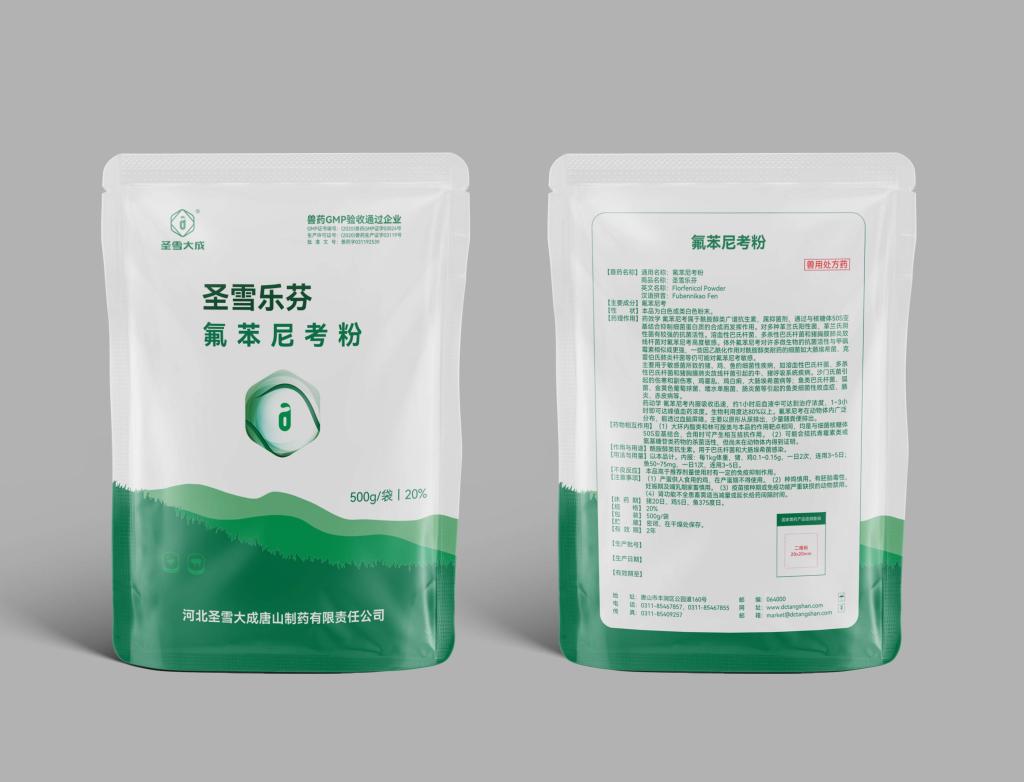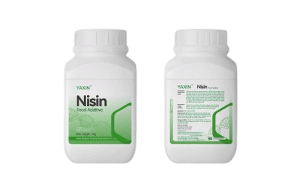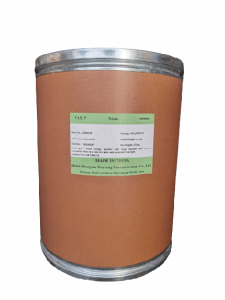Tel:+8618231198596

News
 CONTACT
CONTACT
 CONTACT
CONTACT
- Linkman:Linda Yao
- Tel: +8618231198596
- Email:linda.yao@dcpharma.cn
- Linkman:CHARLES.WANG
- Department:Overseas
- Tel: 0086 0311-85537378 0086 0311-85539701
News
Current Position:
Home >
News
>International trade laws regulate the export and import of Florfenicol Powder.
International trade laws regulate the export and import of Florfenicol Powder.
TIME:2024-10-11
Understanding Florfenicol Powder
Florfenicol is a synthetic derivative of thiamphenicol, known for its effectiveness against a wide range of Gram-positive and Gram-negative bacteria. It is commonly used in the treatment of respiratory, gastrointestinal, and other bacterial infections in livestock, including cattle, swine, and poultry. Florfenicol powder is typically administered through feed, water, or by injection, depending on the specific formulation and indication.
International Regulatory Frameworks
The international trade of florfenicol powder is governed by a complex network of regulations, agreements, and guidelines. Key regulatory bodies and frameworks include:
World Trade Organization (WTO) Agreements: The WTO's Agreement on the Application of Sanitary and Phytosanitary Measures (SPS Agreement) and the Agreement on Technical Barriers to Trade (TBT Agreement) set out the rules for trade in goods, including pharmaceuticals, to ensure that measures are not used as disguised restrictions on international trade.
Codex Alimentarius Commission (CAC): The CAC, established by the Food and Agriculture Organization (FAO) and the World Health Organization (WHO), develops harmonized international food standards, guidelines, and codes of practice, including those related to veterinary drugs and residues.
Veterinary International Conference on Harmonization (VICH): VICH aims to harmonize technical requirements for veterinary medicinal products across different regions, facilitating the registration and trade of such products, including florfenicol.
National Regulatory Authorities: Each country has its own regulatory authority responsible for the approval and oversight of veterinary drugs. Examples include the U.S. Food and Drug Administration (FDA), the European Medicines Agency (EMA), and the Chinese National Medical Products Administration (NMPA).
Regulatory Requirements for Export and Import
To comply with international trade laws, exporters and importers of florfenicol powder must adhere to a series of regulatory requirements:
Product Registration and Approval: Florfenicol powder must be registered and approved by the relevant national regulatory authority in both the exporting and importing countries. This process involves submitting detailed dossiers that include information on the drug's composition, manufacturing process, quality control, and pharmacological data.
Good Manufacturing Practices (GMP): Manufacturers of florfenicol powder must comply with GMP standards to ensure that the product is consistently produced and controlled according to quality standards. Compliance with GMP is often a prerequisite for product registration and export.
Labeling and Packaging: Proper labeling and packaging are essential to provide clear and accurate information about the product, including its active ingredients, dosage, administration instructions, and expiration date. Labels must also comply with the specific requirements of the importing country.
Import Permits and Certificates: Many countries require import permits or certificates from the exporter, which may include a Certificate of Analysis (CoA) and a Certificate of Free Sale (CFS). These documents confirm that the product meets the necessary quality and safety standards.
Residue Monitoring and Maximum Residue Limits (MRLs): To ensure food safety, many countries have established MRLs for veterinary drug residues in animal-derived products. Exporters and importers must ensure that florfenicol residues in treated animals do not exceed these limits.
Customs and Tariff Regulations: Customs regulations, including tariffs, duties, and documentation requirements, must be followed. This includes providing accurate and complete customs declarations, paying any applicable taxes, and complying with any additional requirements, such as sanitary and phytosanitary inspections.
Challenges and Considerations
Navigating the international trade of florfenicol powder can present several challenges:
Regulatory Heterogeneity: Differences in regulatory requirements across countries can complicate the export and import processes. Companies must stay informed about the specific requirements of each market they wish to enter.
Compliance Costs: Meeting the regulatory requirements can be costly, particularly for small and medium-sized enterprises (SMEs). This includes the costs associated with product registration, quality control, and ongoing compliance.
Antimicrobial Resistance (AMR): The misuse and overuse of antibiotics, including florfenicol, contribute to the development of AMR. Regulatory bodies are increasingly focusing on the responsible use of antibiotics, which may impact trade and usage policies.
Supply Chain Integrity: Ensuring the integrity of the supply chain is crucial to prevent the distribution of substandard or counterfeit products. This requires robust quality assurance and control systems, as well as strong partnerships between manufacturers, distributors, and regulatory authorities.
Case Studies and Best Practices
Several case studies highlight best practices in the international trade of florfenicol powder:
Collaborative Approaches: Some companies have successfully navigated the regulatory landscape by collaborating with local partners, consultants, and regulatory experts. These collaborations help to streamline the registration process and ensure compliance with local regulations.
Harmonization Efforts: Participation in initiatives like VICH and the adoption of Codex Alimentarius standards can facilitate the registration and trade of florfenicol powder. Harmonized standards reduce the regulatory burden and promote consistent quality and safety.
Continuous Monitoring and Improvement: Regular monitoring of the regulatory environment and continuous improvement in manufacturing and quality control processes are essential. This helps to maintain compliance and adapt to changing regulatory requirements.
Conclusion
The international trade of florfenicol powder is a complex and highly regulated activity, with multiple layers of oversight designed to ensure the safety, efficacy, and responsible use of this important veterinary drug. Adhering to international trade laws and regulatory requirements is crucial for maintaining the integrity of the supply chain, protecting public health, and supporting the sustainable use of antibiotics. As the global veterinary pharmaceutical market continues to evolve, ongoing collaboration and harmonization efforts will be key to ensuring that florfenicol and other vital medicines are available where and when they are needed.
- Tel:+8618231198596
- Whatsapp:18231198596
- Chat With Skype







